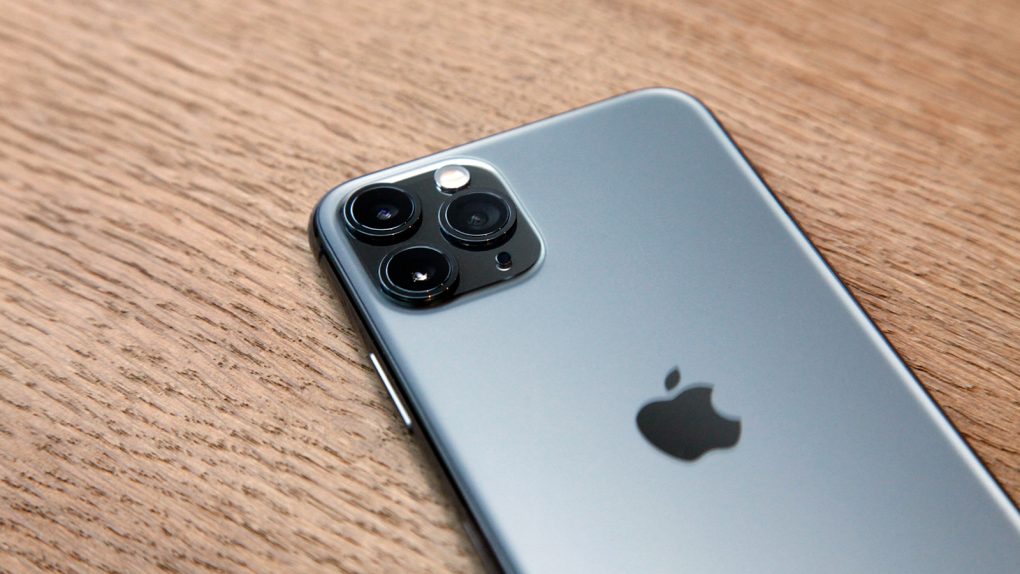Apple has been rumored to be working on an ARM MacBook that would drop Intel’s chips in favor of its own processors. Versions of the iPhone chips that are unmatched in the mobile business power the iPad as well, so the Mac is the next logical move, especially given that Microsoft and other PC vendors are also experimenting with ARM-powered Windows 10 laptops. The A14 chip that’s been in development for the iPhone 12 series coming in September could very well end up being the chip that powers Apple’s first ARM MacBook.
We’ve yet to see any evidence that an ARM MacBook is in the works for a 2020 launch, but the iPhone 12 is set to deliver a few major new features. That includes a redesign, 5G support, and a brand new A-series chip, one that could mark Apple’s jump to 5nm manufacturing. The chip may play a key role in other products as well.
The A14 is likely to be the world’s first commercially available 5nm processor, and MacWorld explained the advantages of 5nm chipsets over the 7nm chips that power high-end 2019 and early 2020 phones.
According to TSMC, which will likely manufacture the A14, 5nm chips will support 80% more logic density than 7nm. That translates into performance improvements of up to 15% without extra power consumption, or the same performance as 7nm chips but at 30% lower power.
MacWorld says that the A14 could deliver a 20% improvement over the A13 when it comes to single-core benchmarks, which would be in line with previous upgrades. The more interesting performance speculation concerns multi-core performance, where the A14 could match the power of a MacBook Pro. Looking at the multi-core performance bumps from A11 to A13, MacWorld concluded that the future score of the A14 might line up well with a 15-inch MacBook. Well, Apple doesn’t make 15-inch MacBook Pros, but the point is still that the 5nm A14 might power a high-end macOS notebook:
The [A-series multi-core score] trend line gives us a score around 4,500, but I think a combination of architectural changes and clock speed will give us a lot more. I wouldn’t be surprised if the Geekbench 5 multi-core score creeps up to 5,000 or so.
For what it’s worth, the fastest Android phones score around 3,000 on this test, and a score of 5,000 would be similar to 6-core mainstream desktop CPUs or high-end laptop CPUs. It’s 15-inch MacBook Pro territory.
This is, of course, just speculation, but it’s also an educated guess based on Apple’s A-series history of upgrades. The report also says that graphics performance is likely to see big gains on the A14, especially considering Apple’s increased interest in gaming with Apple Arcade. Add to that support for faster LPPDR5 memory, the same kind of RAM that will power the Galaxy S20 phones, and you get an even more powerful iPhone chip:
What’s the benefit? Well, the current LPDDR5 being produced by Samsung is about 30 percent faster than the LPDDR4x used in the iPhone 11, and at least 30 percent more power efficient. Memory bandwidth is a critical bottleneck for lots of tasks, but especially mobile graphics performance and image processing.
Of note: Samsung is currently only mass-producing 12-gigabit LPDDR5 chips. If Apple uses it as a supplier, it would likely mean an upgrade to 6GB of RAM in the iPhone 12. You can’t neatly produce 4GB of RAM using 12 gigabit chips, but you can easily use four chips to produce a 6GB (48 gigabit) package.
Finally, the A14 chip will also come with Neural Engine performance upgrades, which should help with computational photography, machine learning, and Siri, as well as 5G support thanks to Qualcomm’s Snapdragon X55 model.
MacWorld’s piece tells us that the iPhone 12’s new chip will turn the phone into the most powerful mobile device of the year, which is what we’re accustomed to from Apple. But all these estimates also make an excellent case for a first-gen ARM MacBook. The hardware is just part of the puzzle, of course, as Apple is also going to have to figure out how to make macOS run on ARM.








